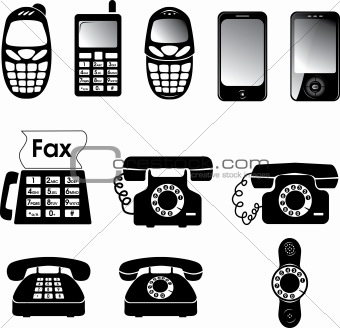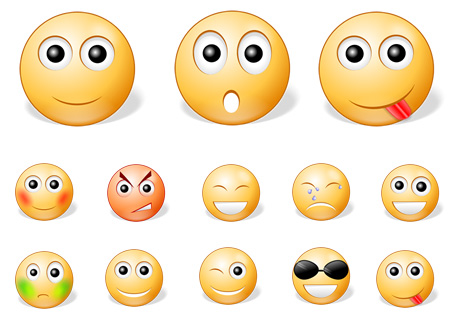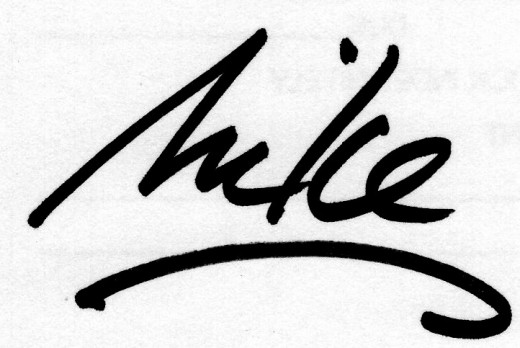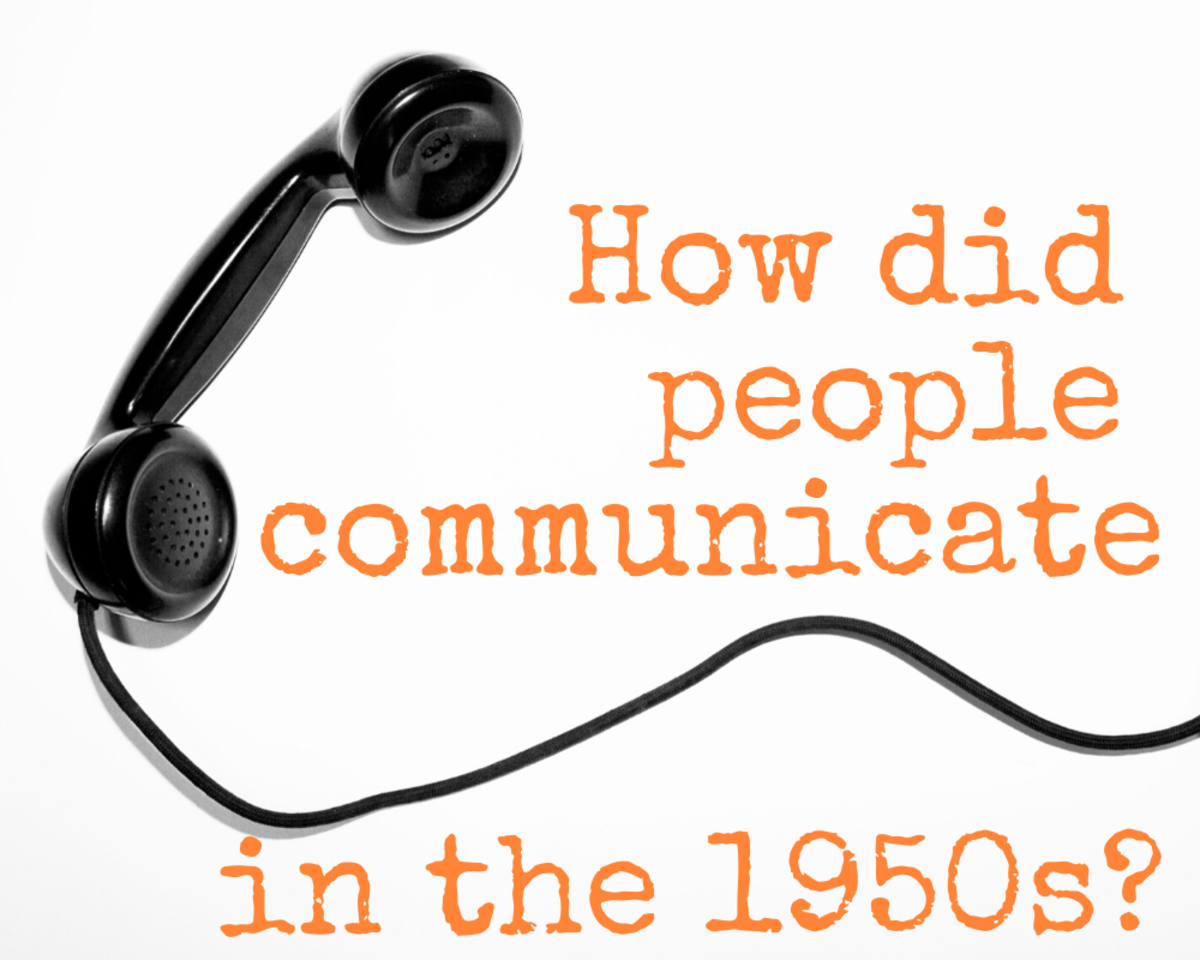Telephone Skills and Techniques: The Art of Successful Communication
A new age of communication
We live in a very different world now. Thirty years ago we wrote a letter or telephoned when we wanted to contact someone we couldn’t meet face-to-face. In this new age we tweet, instant message, Facebook, text message, email and Skype to friends, business contacts, casual acquaintances and even strangers. We use video, webcams and podcasts to instruct and relay information. We set up blogs and web sites to debate politics and religion or describe the most mundane details of our lives. There have never been so many ways to connect with others. This proliferation of communication tools has transformed both our work and free time; with the help of the Internet we are literally communicating with others 24 hours a day.
One thing has not appreciably changed, however: when we want reliable information quickly or need results fast, we turn to the telephone. We are reassured when a live voice on the phone offers to assist us with our problems. When the person is polite and helpful, all goes well and there is a sense of relief and accomplishment. If we are placed on hold for inordinate periods of time or we’re told nothing can be done to solve our problem, however, our reassurance quickly transforms into frustration and anger. Many business calls end poorly because the public contact person (the individual answering the telephone) has no training in proper telephone techniques.
Telephone etiquette is still an important ingredient in the success of any business. Anyone answering a telephone should have the skills to offer efficient service in a courteous manner. Employees lacking the ability to communicate well should be offered telephone skills training. These techniques don’t require advanced education to require—they are life skills.
More information about telephone and customer service skills from Amazon.com
Communicating with others is different now







Recommended telephone answering techniques
The following is a list of telephone answering techniques. These recommendations are the basics of telephone etiquette and should help to establish a framework for successful interactions on the telephone.
The initial telephone greeting
If your phone system is automated and offers menus, limit them to one menu and one sub-menu. Your menu options should always include direct access to a customer service representative who can answer questions or transfer calls; remember, your caller wants to speak to someone as quickly as possible.
Similar to a face-to-face encounter, you have only a few seconds on the phone to set the proper tone and make a good impression. This begins with an appropriate greeting, which should incorporate most or all of the following recommendations.
1.) Answer the telephone on the first or second ring. This projects a courteous and businesslike impression and prevents irritation. 2.) Smile before speaking. When you smile, you form words higher in your throat and it affects the sound of your voice. 3.) Identify both the organization and yourself. Don’t make the caller ask, “To whom am I speaking?” 4.) Be careful to avoid verbal shorthand, internal jargon or acronyms. They may be irrelevant and confusing to your caller.
In an environment where there are several telephones used by others, you are likely expected to answer their phones when they are left unattended. To let phones ring unanswered is one of the worst business office practices imaginable, although answering someone else’s telephone can be frustrating. For example, you may not know where the other person is or will be back. To say, “Mr. Reed is not here” may be factual but offers no help. Instead say, “Mr. Reed is out of the office. May I take your name and number and have him call you—or is this something I might be able to help you with now?” The second method indicates your willingness to try to be of immediate service. 80% of calls which are requests for information can be handled by someone other than the person asked for. Ask for the caller’s name politely (“May I ask your name please?” instead of “Who’s calling?” or “What did you say your name was?”) and use their name in your conversation with them.
Transferring telephone calls
A call should only be transferred when the person who is transferring it: 1.) cannot help the caller and 2.) is reasonably certain the person to whom the call is being transferred will be able to help the caller. When it is necessary to transfer a call to another telephone, ask enough questions to transfer the caller appropriately the first time. Nothing is more irritating than to be transferred repeatedly to get the information you need. Explain why you are transferring the call. It is sufficient to say, “I’m sorry, you need to speak with Ms. Bonner in the _____ department. May I put you on hold and transfer you to her extension?” Don’t ever say, “Hang on” or “Hold on, I’ll transfer you.”
Putting callers on hold
Most callers get irritated when they’re placed on hold because they don’t know how long they will be left waiting. When you leave the line, tell the caller what you’re going to do and how long you expect to be away. Waiting time always seems longer than it actually is, so if you anticipate your task taking more than three minutes to accomplish, ask the caller “Would you mind waiting a few minutes while I locate the information you need, or would you prefer I call you back?” Use the hold button—do not simply put the receiver down. When you return to the caller say, “Thank you for waiting, Mr. Scanlan…” Using the caller’s name will reengage their attention.
Ending the telephone conversation
When a telephone conversation is concluded, it is important to end on a courteous note. Thank the caller for their time and let them know you appreciate them and their business. Provide assurances that any promises made will be fulfilled. Courteous closing statements could include statements such as, “Thank you for calling,” “Please call any time you have a question,” or “I’m glad we were able to help.” Always let the caller hang up the telephone first.
Basic phone skills are essential in any era
The standards for communicating effectively seem to change daily with the proliferation of message devices available to us. Acronyms, words misspelled for expediency and emoticons have transformed the art of conversation into something that would be unrecognizable to our grandparents—as alien to them as ancient hieroglyphics might look to us. Regardless of what is accepted for communication (now or in the future), a key to successful interactions will always include a pleasant and helpful demeanor. If you are willing to add these qualities to your business persona, your services will always remain in demand.

Read more articles about business and personal strategies for success
- Ten Strategies for Working as an Independent Contractor
With the American economy in a state of crisis, unemployment is high and countless jobs have been permanently eliminated. Many businesses now look to virtual assistants or temp agencies to meet short and... - Independent Contractors: Assessing Your Value in the Market
There are many important details associated with being your own boss, and one of the most important is evaluating yourself and the viability of your business. As an Independent Contractor, you... - Working as an Independent Contractor: How to Earn More Money
Have you recently lost your job, or have you taken a pay cut to keep the position you have? You are certainly not alone. The United States economy is in a state most of us have never seen before,... - Working as an Independent Contractor: Effective Contract Negotiations
An increasing number of men and women are looking to self-employment as a path toward success in business. High unemployment and a lack of available jobs has made going it alone an appealing... - Using the Job Interview to Hire the Right Person
Its stating the obvious to tell you a company loses money when it is forced to replace employees. Some costs from personnel attrition are apparent, such as paying accrued vacation time and... - Time Management Skills: Don't Waste Time for Others
Everyone knows people who always show up fifteen minutes latefor everything. When they arrive, they wave their arms with a flourish and either quickly apologize or make a joke of their lack of... - Time Management Tools: A Convenience or Trap?
There are numerous books and articles devoted to time management, but we still seem to have very little free time. We make lists and group tasks. We organize, categorize, prioritize and analyze. We... - Functions of Effective Leadership
For the purpose of clarity, the word group shall be used in this article to represent any collection of individuals gathered for a shared purpose. From an early age in human development, people... - How to Quickly Get People to Like You
Many people are naturally engaging and friendly. They are first to introduce themselves in a crowded room and are eager to turn acquaintances into friends. Their friendliness is usually reciprocated,... - How to Project Self-Confidence
Some people just have it made. They are voted most likely to succeed in school. They receive job offers in their field right after graduation from college and climb the corporate ladder with ease....











